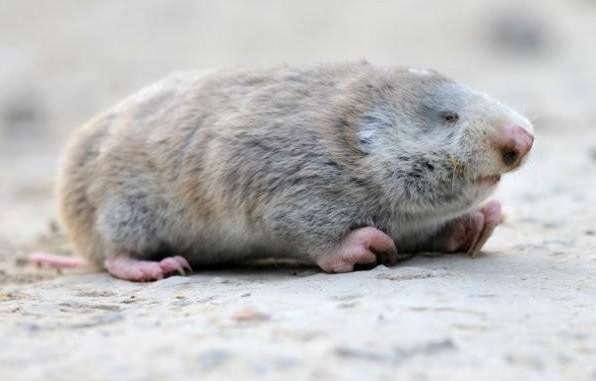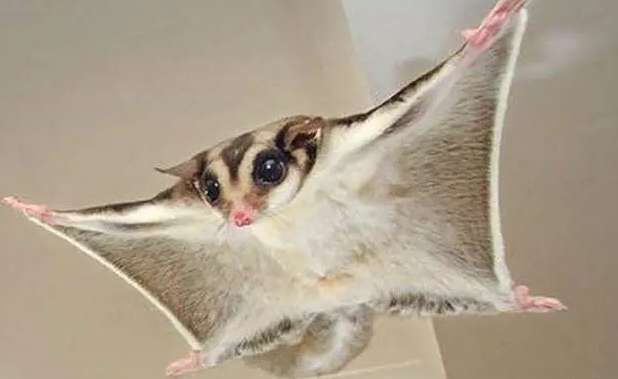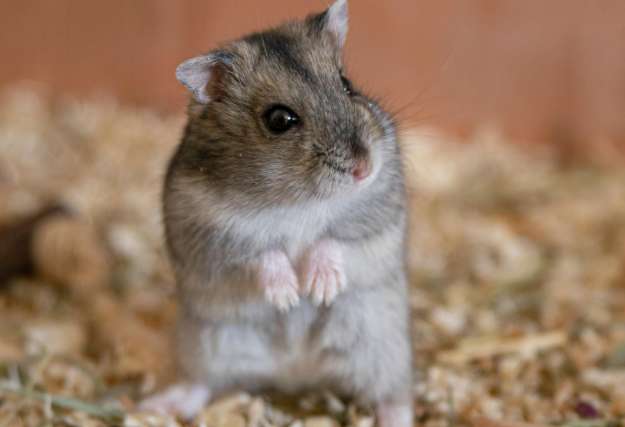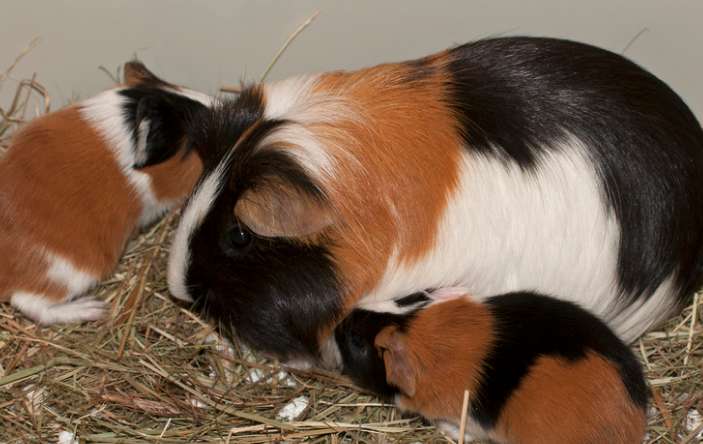Mice evolved from Mus musculus and are widely distributed around the world. After long-term artificial breeding and selection, more than 1,000 inbred strains and independent outbred groups have been bred. It is reported that mice were used for experiments as early as the 17th century. Now they have become one of the most used and most exhaustively studied mammalian experimental animals, making great contributions to science.
Not only that, because of their cute appearance, mice are now kept as pets by many families. So, what do we need to pay attention to when actually selecting mice?
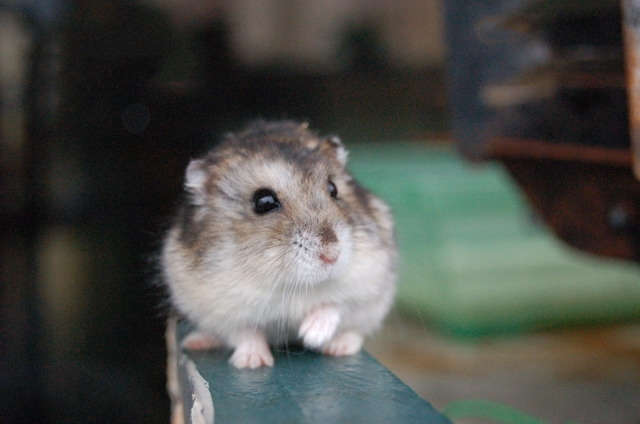
1. Purchasing Channels
Currently, a large number of mice are bred, so they can be found in many pet stores that sell pet mice. But despite this, it is recommended that everyone go to formal institutions when purchasing to avoid some unscrupulous merchants passing off house mice. In addition, businesses must provide some epidemic prevention certificates to ensure that the mice themselves do not carry germs, so as not to endanger the health of themselves and their families.
2. Physical Requirements
Mice are extremely petite. Even after they mature, their body length is less than 15.5cm. In terms of weight, females weigh 18 to 40 grams and males weigh 20 to 49 grams.
3. Head requirements
High-quality mice have a pointed face. Among them, there are long tentacles in the front of the mouth; the ears are erect and semi-circular; the eyes are large and bright red in color; the incisors are very long, and they often need to bite hard objects. In addition, when selecting, you need to pay special attention to the gnawing situation of mice. Mice with "good teeth" are often healthier.
4. Tail requirements
Healthy and qualified mice need to have a long and thin tail. Special attention should be paid to the fact that the mouse tail must have small epidermal scales patterned and covered with ring-shaped cuticles, the number of which is probably less than 200. When choosing, remember to observe carefully.
5. Hair requirements
Short hair, soft hair, very warm when held in hand. In terms of coat color, white, mouse gray, black, brown, yellow, chocolate, cinnamon, light color, etc. are all normal colors of mice. When choosing, just choose a mouse that suits your aesthetics.
6. Personality requirements
General mice are extremely gentle in temperament, easy to catch, and will not take the initiative to bite people. However, biting may still occur if the female rats deliberately "tease" them while they are nursing or when they are fighting. In addition, mice are generally timid and easily frightened. When selecting, it is best to choose a healthy mouse that is willing to be held in your hands. Such mice will be easier to raise in the future.
Okay, the above is the editor’s summary of the mouse selection tips. If you want to buy a mouse as a pet in the near future, you might as well pay attention.
